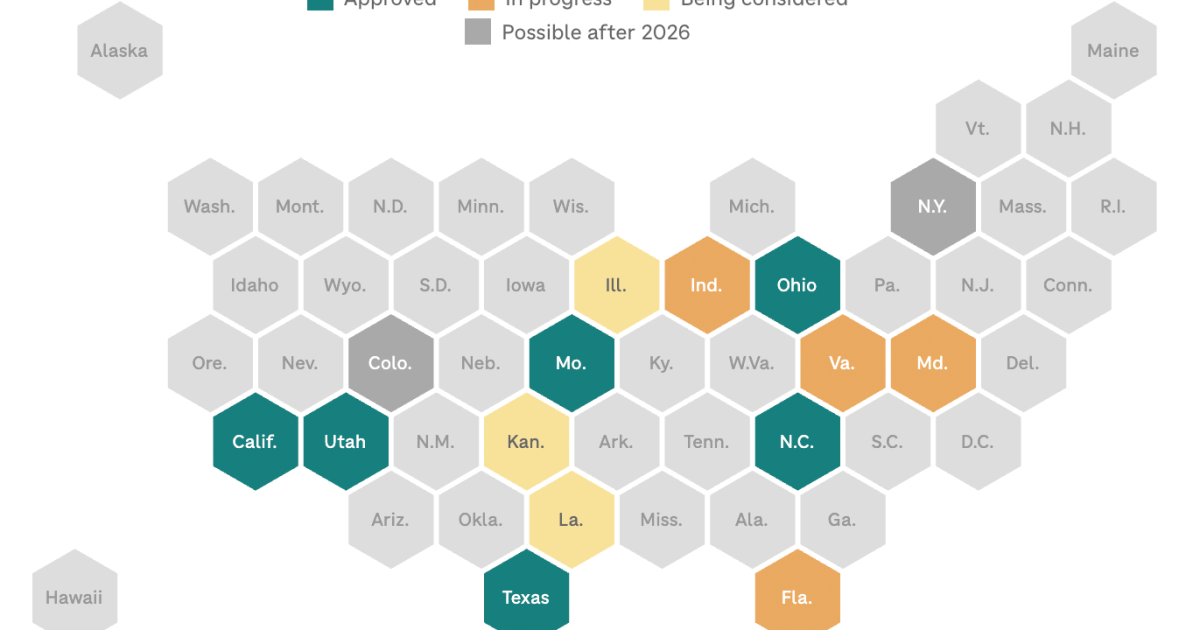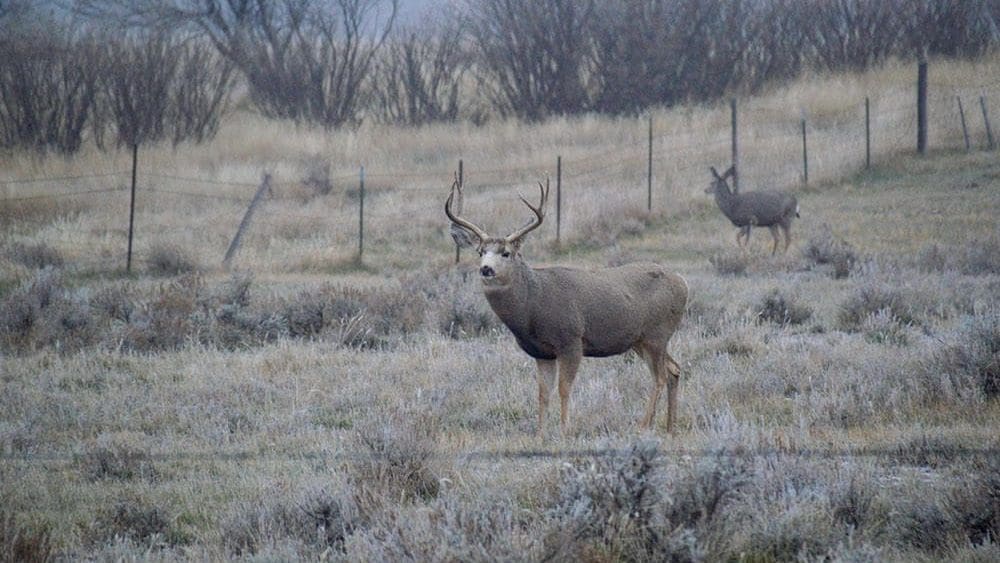The dramatic decline in the western monarch butterfly population is raising alarms among conservationists as the number of these iconic insects has plummeted to one of its lowest counts in nearly thirty years. The factors contributing to this alarming trend include pesticide use, habitat reduction, and climate change challenges.
The Monarch Butterfly Survey
Since 1997, the Xerces Society for Invertebrate Conservation has been monitoring the western monarchs, known for their striking orange-and-black pattern, along the California coast and other inland sites. While the eastern monarchs winter in Mexico, their western counterparts typically stay along the Pacific Coast. The survey recorded its peak count of 1.2 million butterflies in 1997. However, the latest figures for 2024 reveal a staggering drop to just 9,119 monarchs, marking a 96% decrease from the previous year’s 233,394. This figure is the second-lowest ever recorded, surpassed only by the 2020 count of 1,901 butterflies.
Impact of Heat on Monarchs
The precarious situation of western monarchs is exacerbated by the disappearance of milkweed, essential for their caterpillars, due to droughts, wildfires, and urban growth. The Xerces Society notes that surviving milkweed is often contaminated by pesticides. Emma Pelton, a biologist with the Xerces Society, highlights a potential cause for the recent steep decline: “The monarch population is already small, and triple-digit heat in the western states last year may have slowed breeding.” Monarchs struggle with temperatures reaching 100 degrees, and anything above 108 degrees is fatal. The western U.S. experienced severe heat waves last year, including a record 124 degrees in Palm Springs on July 5, which likely impacted the monarchs.
Uncertain Future for Western Monarchs
While the drastic decrease in numbers is concerning, Pelton remains hopeful due to the insects’ capacity for rapid population growth. An example of this resilience is the recovery from 1,901 butterflies in 2020 to 247,246 in 2021, an impressive nearly 13,000% increase. “This is bad news,” Pelton stated about the current drop, “but we have seen incredible recovery. This doesn’t mean we’re not going to have western monarchs. It’s hopefully a wake-up call that a bad year can set them back pretty significantly.”
Efforts to Protect Monarchs
In an effort to safeguard these vital pollinators, the U.S. Fish and Wildlife Service announced in December 2024 its plan to consider listing monarchs as a threatened species. This status would make it illegal to harm them or alter their habitats adversely. The proposal includes protecting over 4,000 acres in seven coastal California counties as overwintering sites for the monarchs. The public has until March to comment on this proposal, with a final decision expected by December.
Additionally, Earthjustice, an environmental law firm, has petitioned the Environmental Protection Agency to require testing on how pesticides affect insects like butterflies, bees, and moths. This action reflects a growing awareness of the need to address environmental factors threatening the survival of these important species.
—
Read More Arizona News










